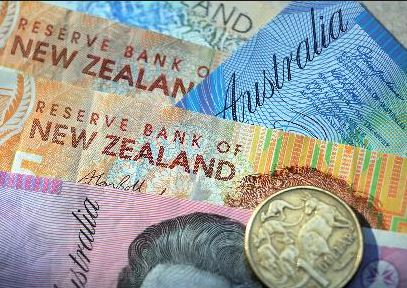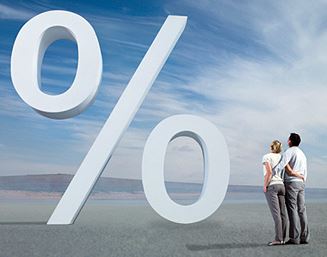What Is The Official Cash Rate?
The Official Cash Rate (abbreviated to the OCR) is an interest rate set by the Reserve Bank of New Zealand which defines the wholesale price of borrowed money.
This directly affects the commercial banks, determining the rates they offer their customers.
So it affects the rates banks charge for borrowing (mortgages, loans, credit cards) and what they will pay customers for saving (term deposits, savings accounts).
The Reserve Bank reviews the OCR eight times a year. On four of those occasions they also release a Monetary Policy Statement to outline their latest economic forecast.
How Does The OCR Affect New Zealanders?
Simply put, a low OCR favours those Kiwis that are borrowers, and especially those with home loans or commercial lending.
When interest rates go down, borrowers will expect to pay less to borrow money and therefore they have greater disposable income for spending plus borrowing tends to increase as the cost of credit becomes more affordable. Their home loan is often a families biggest financial commitment and therefore a lower home loan interest rate leaves more money in the family budget for other purchases, or allows them to pay their mortgage off faster.
For people with savings the money they have in bank accounts and term deposits earns them a less and this reduces their spending power.
When the OCR goes up, the reverse applies; people with savings will benefit from higher interest rates and those that have borrowing will pay more interest on the money that they have borrowed.

Safeguard Yourself From Changing Interest Rates
Both borrowers and savers can protect themselves from changing interest rates.
Why Does The Reserve Bank Change The Official Cash Rate?
The primary goal of the Reserve Bank is to maintain price stability in New Zealand by keeping inflation within the target zone of between 1% and 3%.
The Reserve Bank uses monetary policy to maintain price stability as defined in the Policy Targets Agreement (PTA). The current PTA requires the Bank to keep inflation between 1 and 3 percent on average over the medium term, with a focus on keeping future average inflation near the 2 percent target midpoint.
By influencing what the banks charge their customers for loans and what they pay depositors the Reserve Bank can change the incentives for people and companies to borrow, save and spend and in this way they are able to manage the inflation rates.
Economist Gareth Morgan on his website explains the Reserve Banks role like this;
Think of the economy as a car, the Reserve Bank as the driver, and interest rates as the accelerating and braking system. If the car is cruising along at 50km/hr, all is well and the driver can sit back and enjoy the trip. Inflation is in its target zone.
If the car creeps up to 60km, the risk of an accident – inflation – is much more likely. The driver brakes by increasing the OCR. Higher interest rates make saving more appealing than spending, resulting in less economic activity overall so the economy slows back down to 50km. Inflation stalls.
If the economy is cruising at a lower speed than 50km/hr, then there is a reduced chance of an accident and the driver can afford to hit the accelerator by lowering the OCR. Low interest rates help to keep credit cheap, encouraging more borrowing and overall spending, which in turn revs up the economy.
Dialling the OCR up and down is a balancing act to keep the economy chugging along within a series of acceptable limits.
The OCR Is Not The Only Thing To Influence Interest Rates
The level of the OCR is an important factor influencing interest rates, but it is not the only factor. Another crucial influence is the interest rates that New Zealand banks pay to borrow in offshore money markets to help fund their loans to customers. Bank and investor expectations about inflation, growth and future Reserve Bank actions will normally mean that the interest rates for longer-term borrowing will be different to shorter-term borrowing. Because of these factors, domestic interest rates often change even when the OCR has not.
The Reserve Bank allows for unscheduled OCR adjustments in the face of unexpected developments or external events, and has done so on one occasion, following the attacks on the World Trade Centre in September 2001. In this case, the OCR was lowered to pre-empt the stalling of the New Zealand economy due to a rapid downturn in demand for our exports, and higher offshore borrowing costs for New Zealand banks.
Where To Find More Information About The OCR
The Reserve Bank website is where you can review the past OCR announcements and also see the dates for the upcoming dates for OCR announcements.
The Reserve Bank website also contains the published Monetary Policy.

